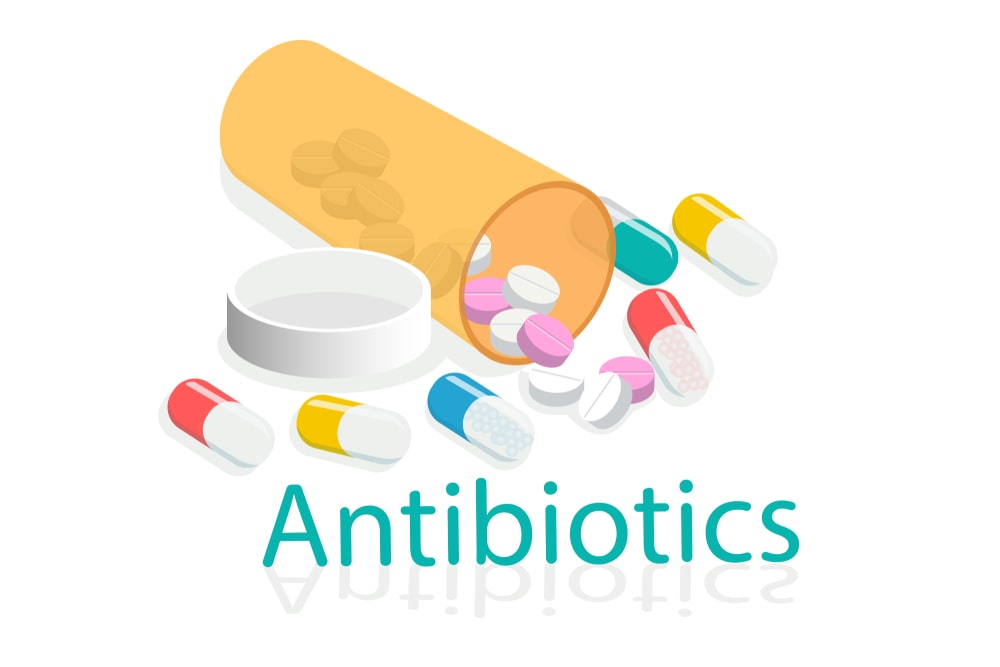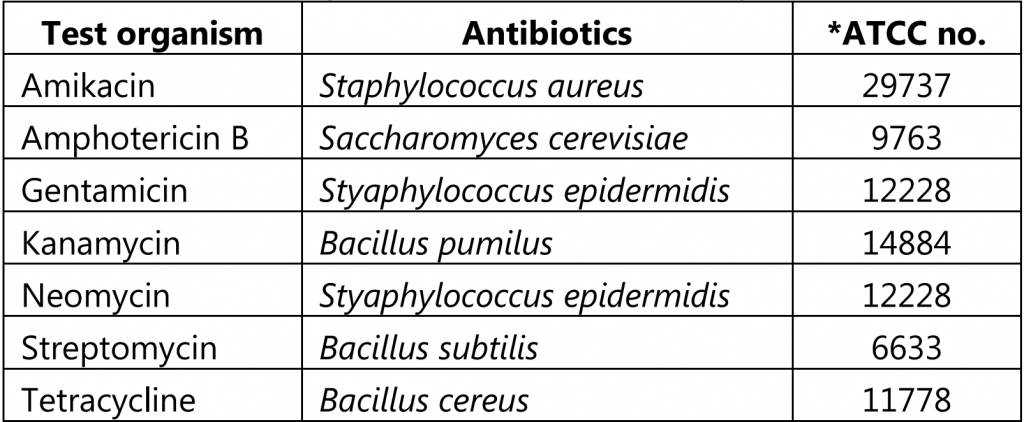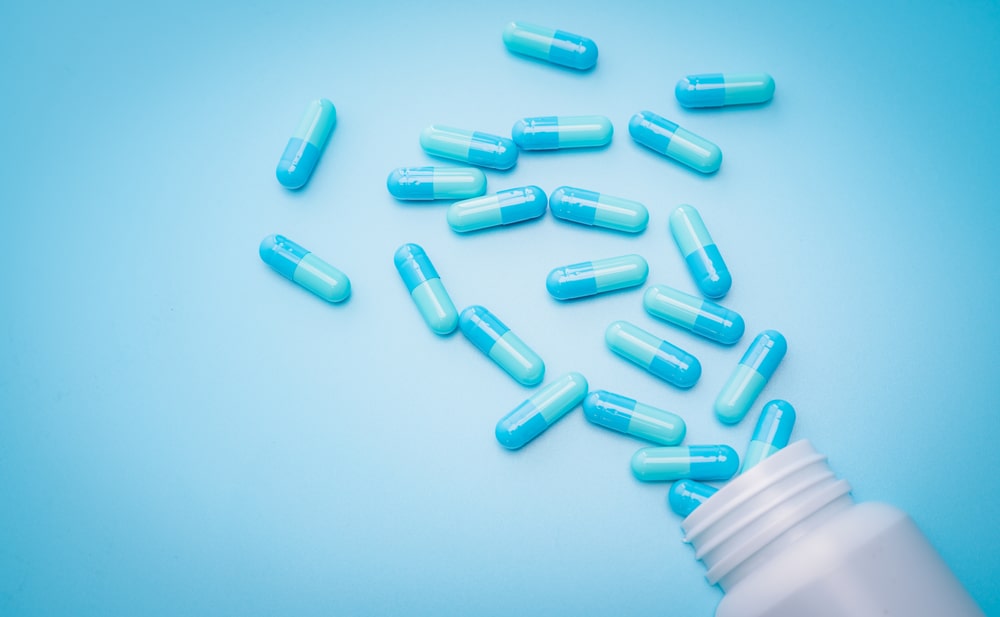Standardization of Antibiotics: Antibiotic is a medical preparation, containing a sufficient amount of chemical entity which is caused to produce naturally (by a microorganism) or by artificially (semi-synthetic way) and that possesses the inherent ability to either destroy (bactericidal) or inhibit (bacteriostatic) microorganisms in relatively dilute solutions.
There are mainly three important points are for the standardization of antibiotics:
- FDA (Food Drug Administration) regulations governing all aspects of antibiotics testing are completely detailed and are subject to periodic amendment.
- FDA regulations need to be referred to about prescribed methods for the assay of individual antibiotics and their preparations.
- During the evaluation of the potency of antibiotic substances, the actual and apparent measured effect is the degree of inhibition of the growth of a suitable strain of microorganism i.e. the prevention of the multiplication of the test organisms.

Two methods are usually applied, the cylinder-plate (or cup-plate) method and the turbidimetric method. The cylinder-plate method depends upon the diffusion of the antibiotic from a vertical cylinder through a solidified agar layer in a Petri dish. The growth of the added micro-organism is prevented entirely in a zone around the cylinder containing a solution of the antibiotic. The turbidimetric method depends upon the inhibition of growth of a microbial culture in a uniform solution of the antibiotic in a fluid medium that is favorable to its rapid growth in the absence of the antibiotic.
Media Preparation
Table of Contents
All the required ingredients are dissolved insufficient water to produce 1000 ml and added a sufficient amount of 1 M Sodium hydroxide or 1 M Hydrochloride acid, as required so that after sterilization the pH is between 6.5 to 7.5.
Buffer Solution Preparation
Buffer solutions are prepared by dissolving the required quantities of dipotassium hydrogen phosphate and potassium dihydrogen phosphate insufficient water to produce 1000 ml and pH adjusted with 8 M phosphoric acid or 10 M potassium hydroxide.
Standard Preparation
The standard preparation is an authentic sample of the appropriate antibiotic for which the potency has been determined by reference to the appropriate international standard. The potency of the standard preparation is expressed in µg per mg of an international unit of the pure antibiotic.
A stock solution is prepared by dissolving a required amount of weighed quantity of the standard preparation of a given antibiotic.
Preparation of the Sample Solution
Dilutions of the sample or unknown samples are prepared at the range of dilutions of standard prepared dilutions.
Test Organisms
Some of the test organisms for each antibiotic are listed in Table 1.

*American Type Culture Collection, 21301 Park Lawn Drive, Rockville, MD20852, USA
Assay Method of Streptomycin
Streptomycin is a bactericidal antibiotic that belongs to class aminoglycosides. It is derived from actinobacterium Streptomyces griseus. It is used against gram-negative bacteria, mainly against tuberculosis by inhibiting the protein synthesis of microorganisms. It is water-soluble. Bacillus subtilis is used for the microbiological assay of Streptomycin.
Make sure you also check our other amazing Article on : Microbiological Assay
